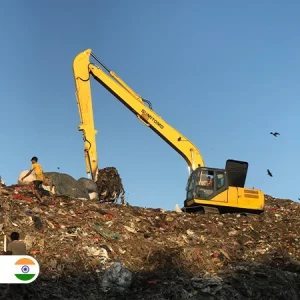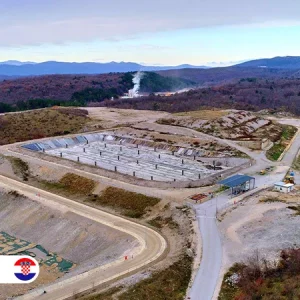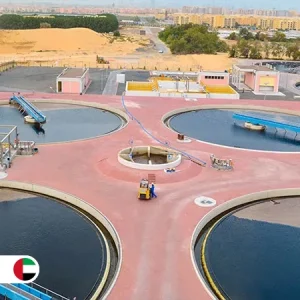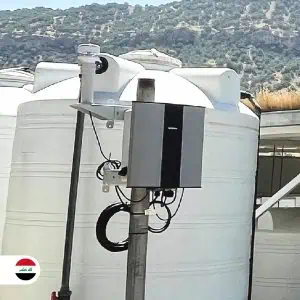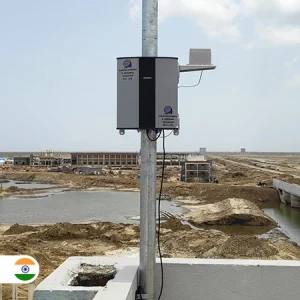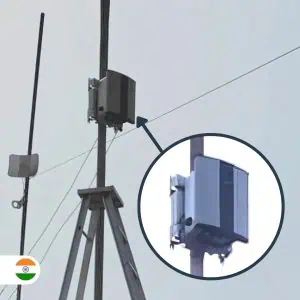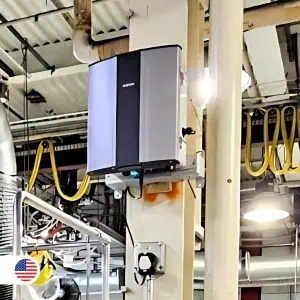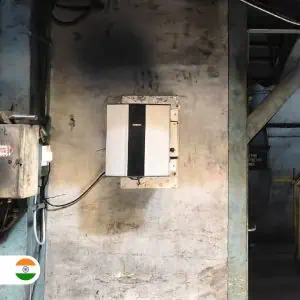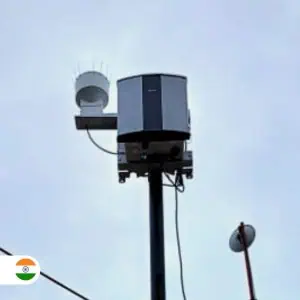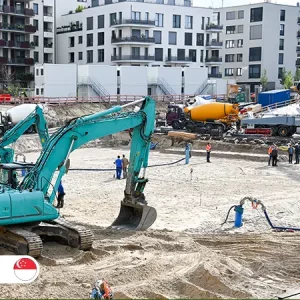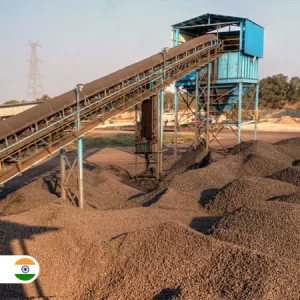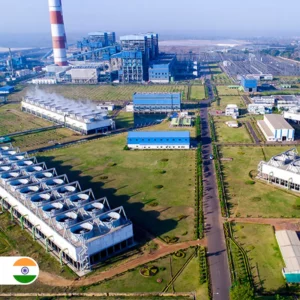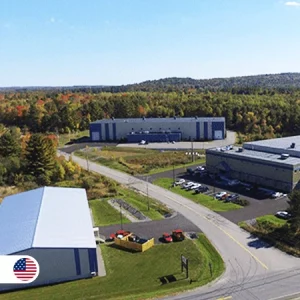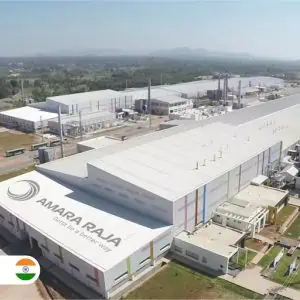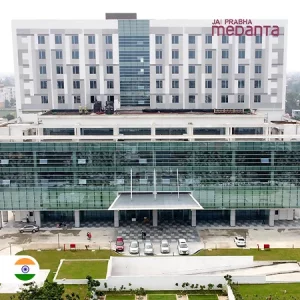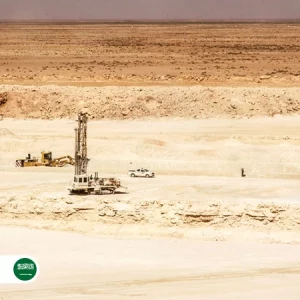Environmental Solution for Foul Smell from Dumpyards
SOLID WASTE MANAGEMENT

Problem
Gases released from landfills or dump yards such as H2S, NH3, TVOCs, CH4, CO, etc. are hazardous to human health. They may affect the nervous system and cause irritation to our sensory systems.
In addition to the adverse health effects, these gases also cause inconvenience to the nearby locality due to their foul smell. Continuous monitoring of these gases helps to inhibit their diffusion in residential areas.
Real-time monitoring is necessary for taking precautionary steps against the uncontrollable spread of odour due to dynamic weather conditions.
Concept
Neighborhoods near landfills find it difficult to cope with the odour caused by waste dumping. Hence, the requirement of a system is there to bring the foul smell within control limits to overcome the nuisance.
Data-driven odour analysis is possible by installing real-time odour monitoring systems in and around a landfill. Hence, with the help of meteorological data, landfill odour nuisance in the neighborhood is identifiable by applying relevant predictive analytics. This helps to take preventive steps by initiating odour suppression on priority.
Target Parameters

Hydrogen Sulfide (H2S)
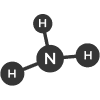
Ammonia (NH3)

TVOC

Methane (CH4)

Carbon Monoxide (CO)

Wind Speed, Direction
Solution Architecture
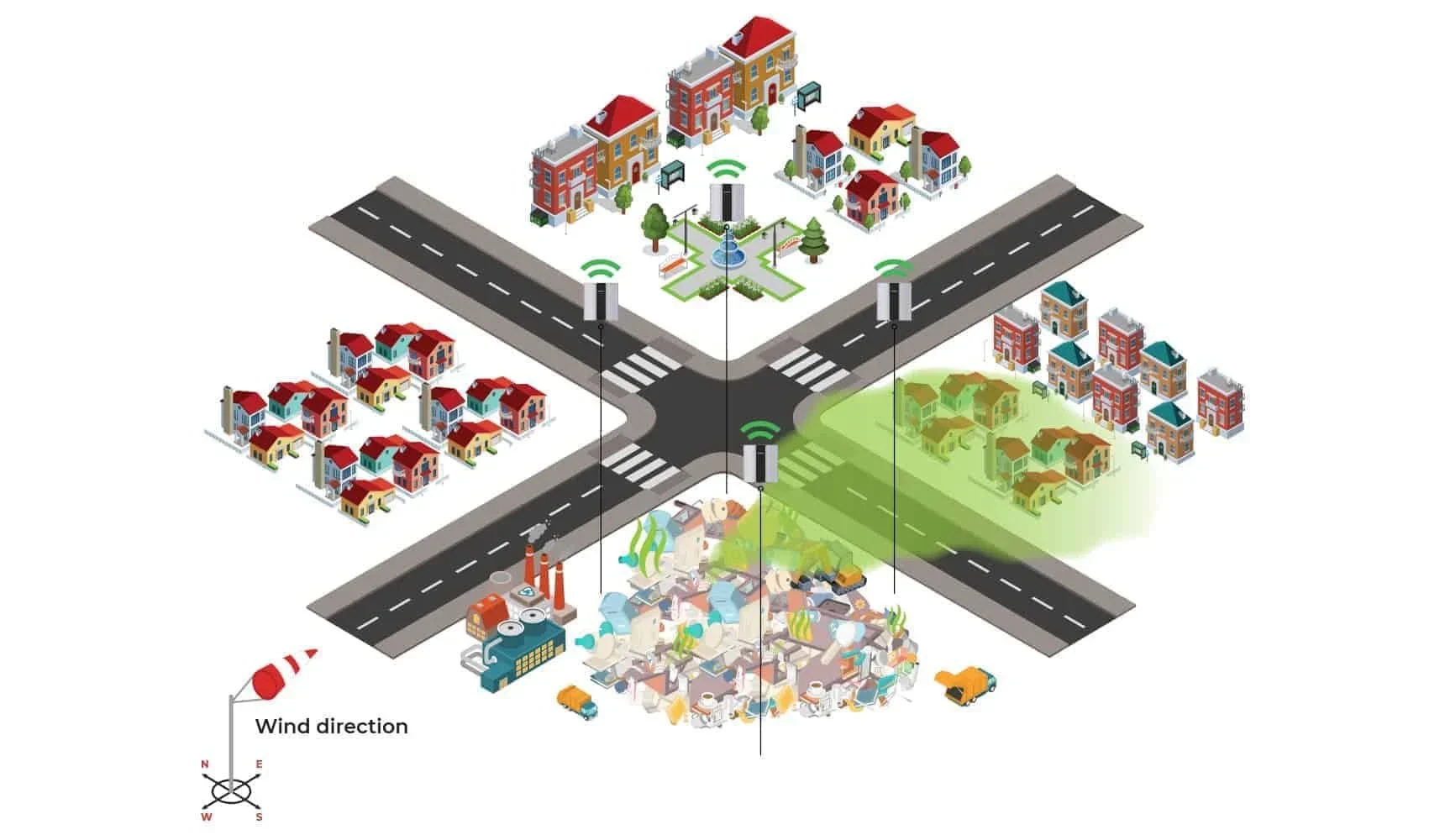
Proposed Solution
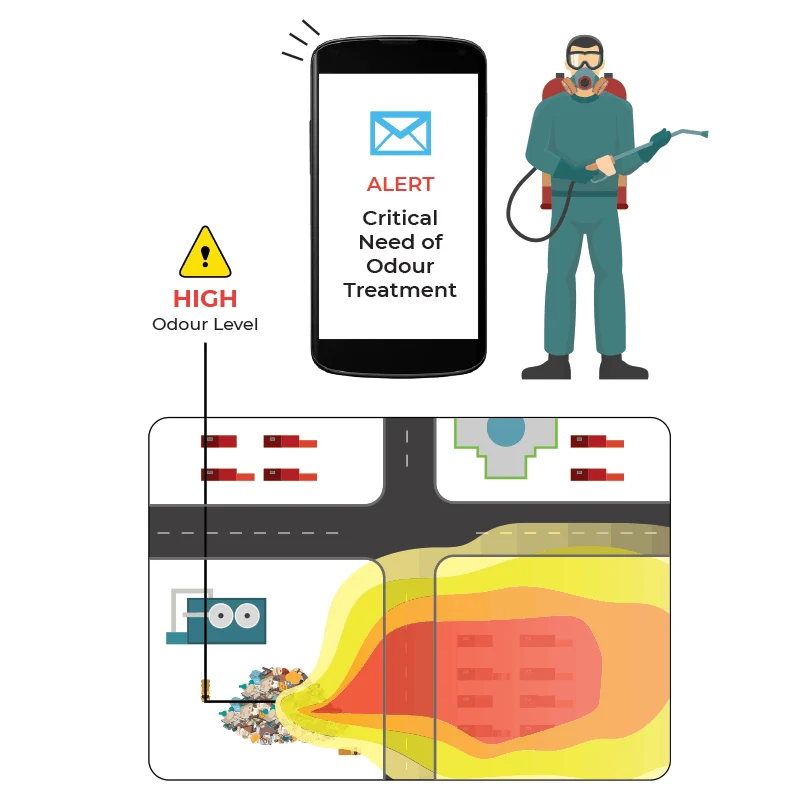
Proposed Solution
Oizom Odosense, installed around a Municipal Solid Waste (MSW) landfill, dump yards and Waste-to-energy (WtE) plants monitors odour diffusion in real-time.
Identification of odour sources takes place through composition analysis by monitoring gaseous concentrations.
Using Odosense and meteorological data, Oizom cloud application is able to perform odour impact analysis by odour plume dispersion modelling.
By setting a relevant Odour Index, Oizom makes the data actionable by triggering smart notifications.
It also predicts odour emission hot spots using reverse modelling capabilities.
The solution helps in automating/initiating odour neutralizers at the targeted site to seize odourful gas emissions, thus mitigating the odour nuisance.
Impact
By implementing this solution, efficient and timely odour treatment is possible which drastically reduces problem-to-solution time. Odour dispersion modelling helps in predicting the impact on the neighborhood and take necessary actions. Odour analysis and hot-spot prediction lead to better Solid Waste Management (SWM).
Hydrogen Sulfide (H2S)

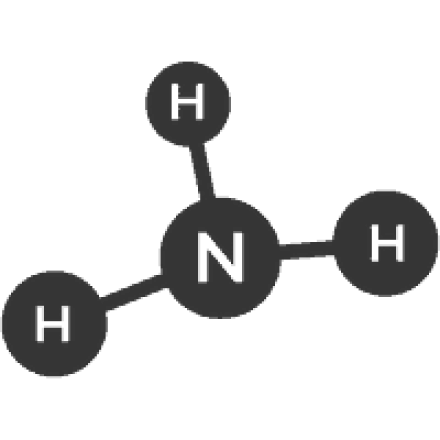
Ammonia (NH3)
TVOC


Methane (CH4)

Hydrogen Sulfide (H2S)

Ammonia (NH3)
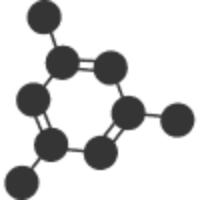
TVOC
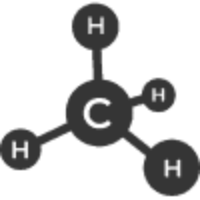
Methane (CH4)
Case Studies for Solid Waste Management
How this Works
Fill the small form and we will email you the Usecases



